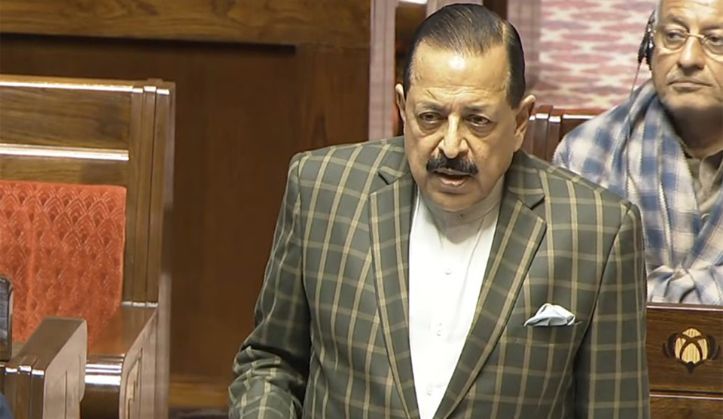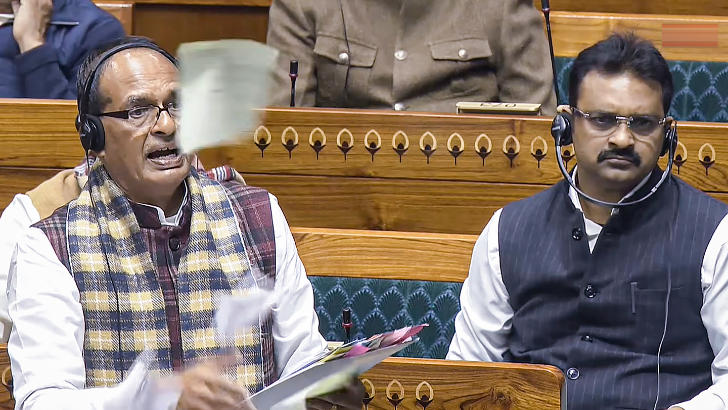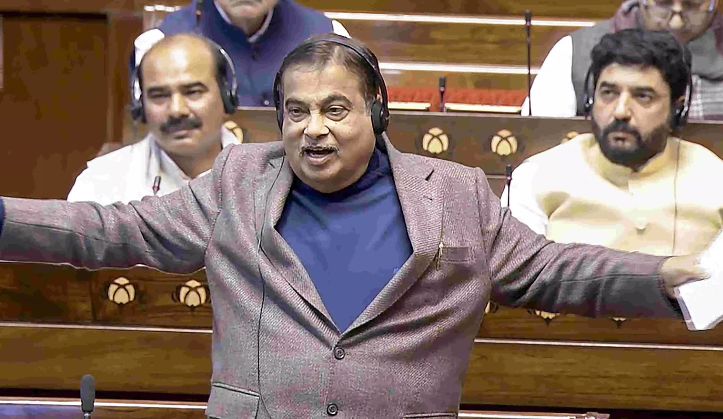US team not coming to India for next round of trade talks: Govt sources
The team was scheduled to arrive on 25 August for the sixth round of negotiations.
ANI
-
AI generated image
New Delhi, 17 August
The US team is not coming to India for the next round of bilateral trade
negotiations, according to government sources.
The team was scheduled to arrive on 25 August for the sixth round of negotiations.
"US Trade team not coming to India for the next round of trade negotiations. The US team was scheduled to visit India on 25th August for the
6th round of negotiations," government sources told ANI.
Five rounds of negotiations have already been held, with the last round
taking place from 14-18 July, 2025, in Washington DC. India and the US are
discussing tariff concessions and market access in key sectors, aiming to
finalise an interim deal.
The talks cover various areas, including market access, Sanitary and
Phytosanitary Measures (SPS), Technical Barriers to Trade (TBT), digital trade,
customs, and trade facilitation. Officials from both sides have engaged in
in-depth talks, making progress towards crafting a balanced agreement with
early wins.
On whether the US team is coming for negotiations scheduled in the last
week of August, Commerce Secretary Sunil Barthwal said, "Closer to the
date, which is the end of the last week of August, we will be able to know how
that round will be progressing."
Commenting on US BTA negotiations, he said, "Our Bilateral Trade
talks negotiations with the United States are going on. We are engaged.
Bilateral deliberations are happening at different levels. One is at the
negotiating team's level. Another one happens at the minister's level. Third,
happens at the diplomatic level, and we also engage with different industries
of the US, companies and everybody to look into their issues. So this
negotiation is happening across various channels."
"These negotiations are happening and we are engaged. The US is a
very important partner for us. For the US, India is also an important
partner," he added.
During Prime Minister Narendra Modi's visit to Washington, DC, a Joint
Statement was issued setting the goal to expand bilateral trade to USD 500
billion by 2030, and to pursue a Bilateral Trade Agreement (BTA) toward that
end. Both countries aim to conclude the first tranche of the BTA by fall 2025.
India and the US have set a target to double their trade to USD 500 billion by
2030. India is seeking improved market access for its goods and services, while
the US is pushing for greater market access in key sectors.
Addressing concerns over the impact of US tariffs on Indian exports earlier, a senior government official said that the government is closely
monitoring the sectors most exposed to the US market and is working with key
stakeholders to assess vulnerabilities.
"We are in touch with the stakeholders. We understand which sectors
are more exposed to us, and our commodity divisions are in discussions with
various EPCs. The Minister has also taken meetings with the EPCs, particularly
with those sectors which are labour-intensive. I have also taken a meeting with
our officials, who are talking to the EPCs, trying to understand their exposure
to the US," the official said.
Highlighting the varying levels of export dependence, the official
explained, "There are other companies which are more diversified, which
are not only exporting to the US, but also exporting to the EU, exporting to the
UK, exporting to other countries. Now, companies are also involved in
standardising their exports; they may face some challenges that they are
identifying, but they are also looking at other possibilities for
diversification. And therefore, you know, our focus on this diversification and
this export promotion mission is very, very important."
US President Donald Trump has said there will be no trade negotiations
with India until a dispute over tariffs is resolved, following his
administration's decision to double tariffs on Indian imports.
When pressed by ANI at the Oval Office, whether he expected talks to
resume in light of the new 50 per cent tariff.
"No, not until we get it resolved," he replied.
The White House on Wednesday issued an Executive Order imposing an
additional 25 percentage points in tariffs on Indian goods, raising the total
levy to 50 per cent. The administration cited national security and foreign
policy concerns, pointing specifically to India's ongoing imports of Russian
oil.
The order claims that these imports, whether direct or via
intermediaries, present an "unusual and extraordinary threat" to the
United States and justify emergency economic measures.
In early August, the US imposed a 25 per cent tariff on most Indian goods,
effective 7 August, with exemptions for pharmaceuticals, electronics,
semiconductors, and energy products. But US President Donald Trump further
imposed an additional 25 per cent tariff on India, making the total imposition
at 50 per cent.
According to US officials, the initial 25% tariff came into effect on 7
August. The additional levy will take effect in 21 days and apply to all Indian
goods entering US ports -- with exceptions for items already in transit and
certain exempt categories.
The order also provides flexibility for the president to modify the
measures, depending on changing geopolitical circumstances or retaliatory
actions by India or other nations.
Prime Minister Narendra Modi responded defiantly during a speech at the
MS Swaminathan Centenary International Conference in New Delhi, signalling that
New Delhi would not back down in the face of economic pressure.
"For us, the interest of our farmers is our top priority," PM
Modi said. "India will never compromise on the interests of farmers,
fishermen and dairy farmers. I know we will have to pay a heavy price for it,
and I am ready for it. India is ready for it."
India has consistently pushed back against opening sensitive sectors such as agriculture and dairy to international competition, citing the potential impact on millions of rural livelihoods.
Leave a Reply
Your email address will not be published. Required fields are marked *








.png)

.png)


.png)
.png)
.png)

.png)
.jpg)

